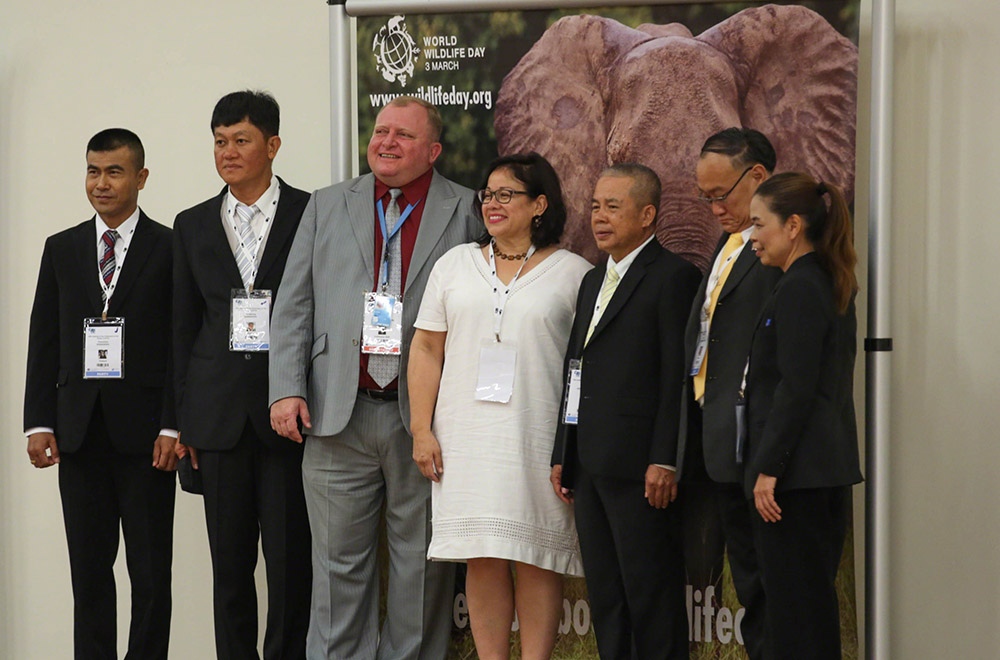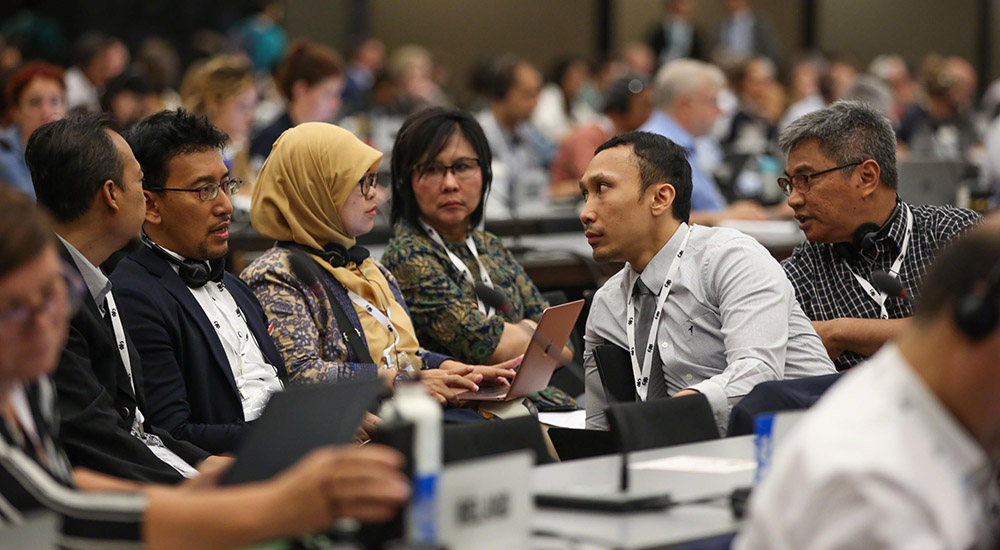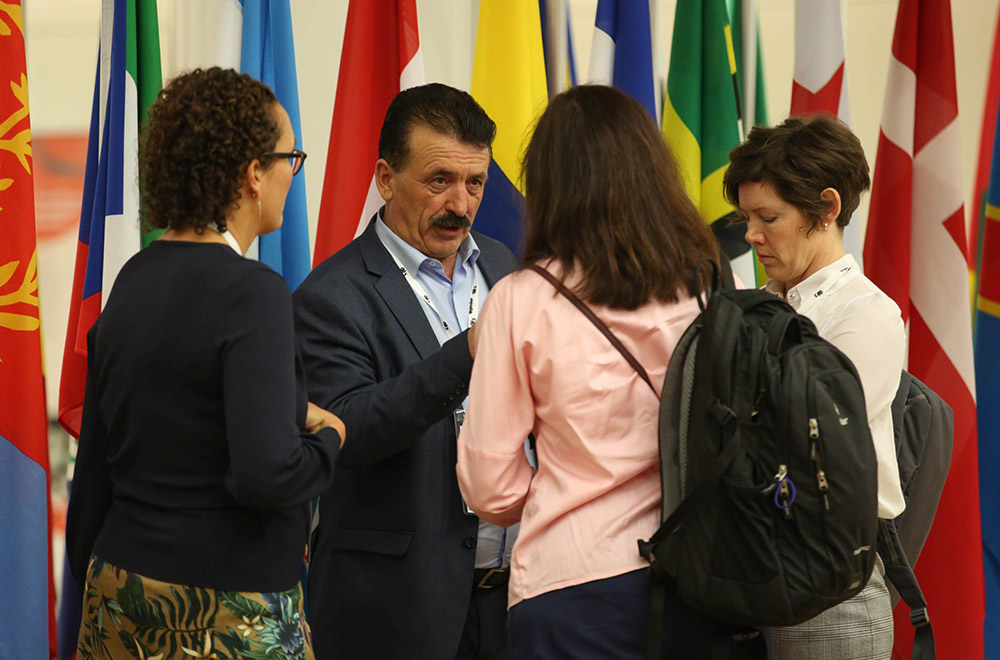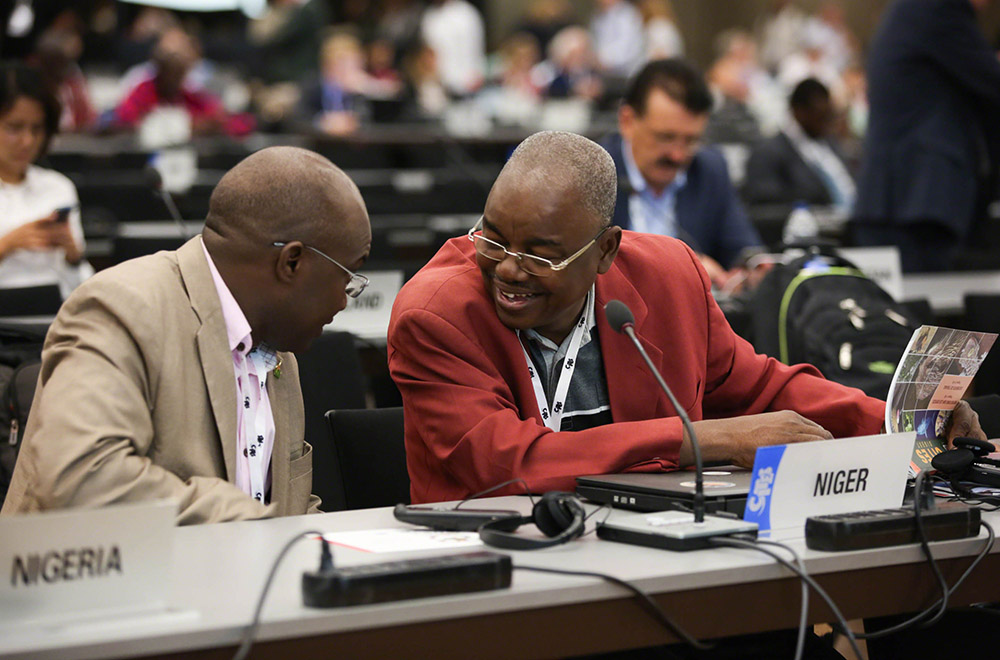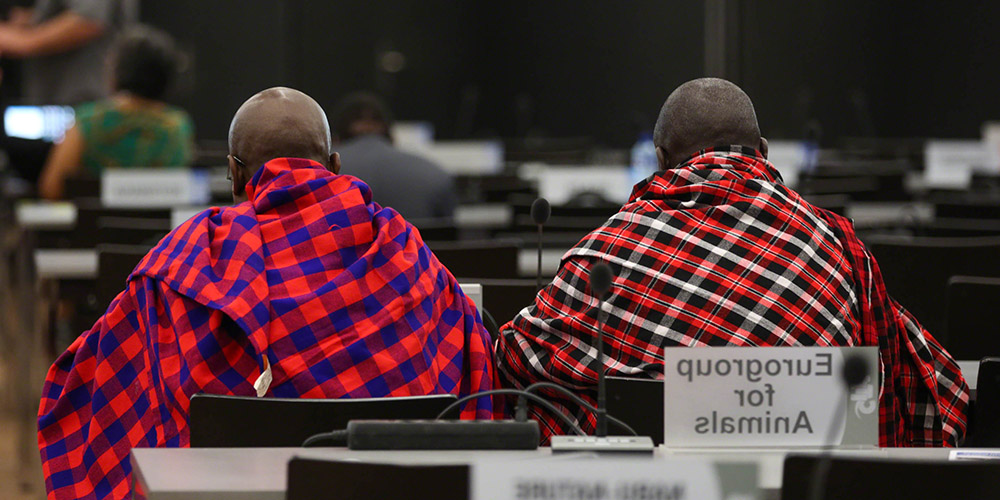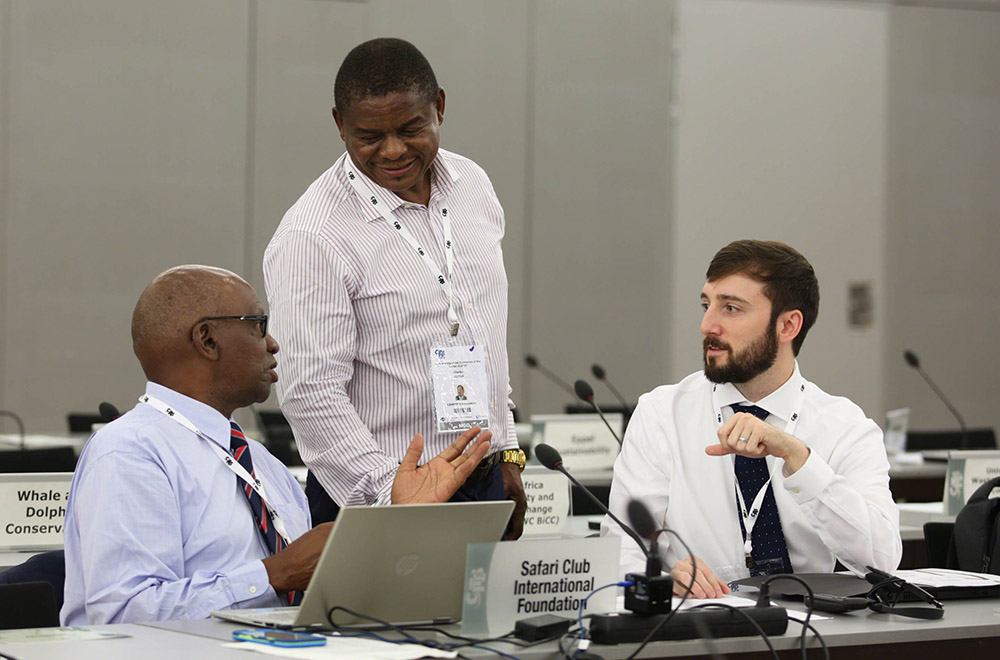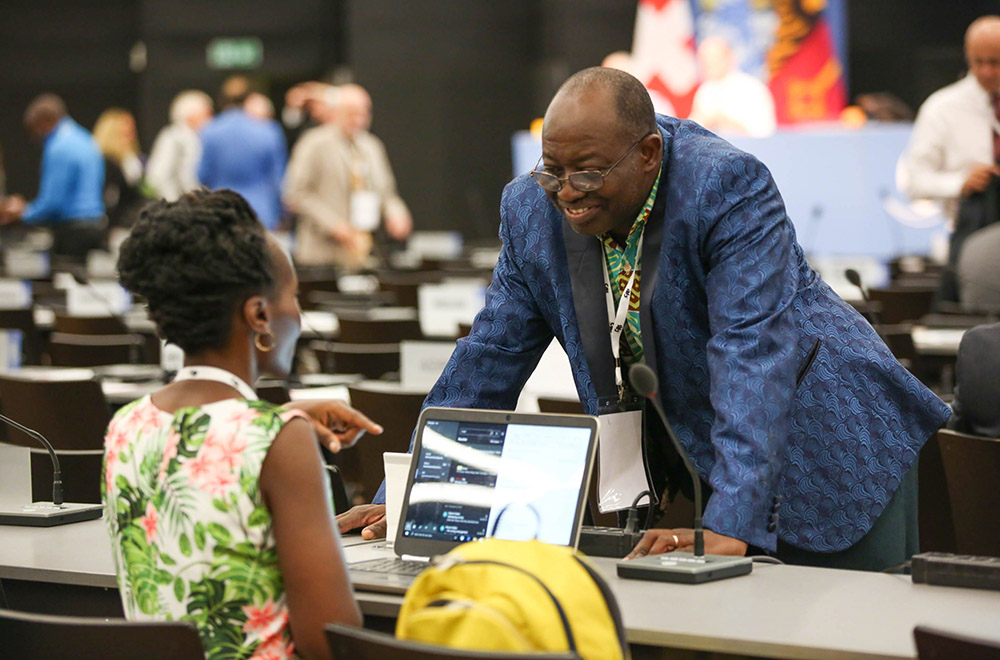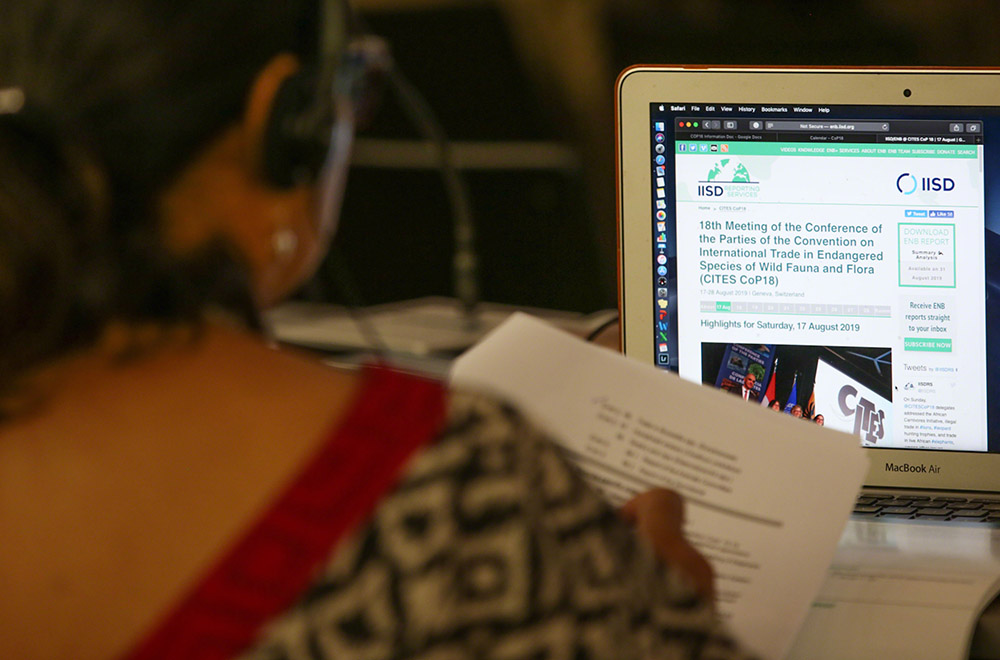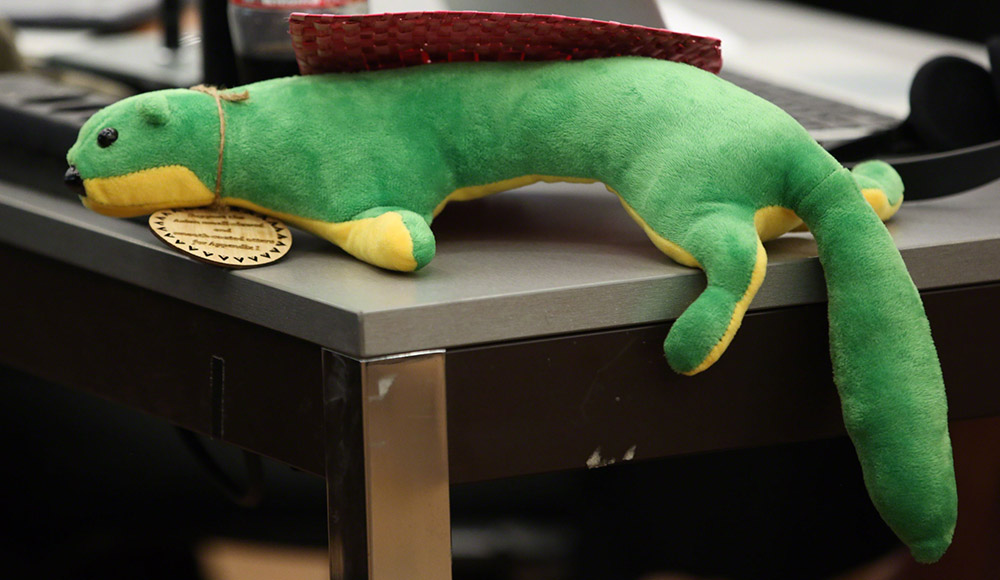Summary
Highlights for Monday, 19 August 2019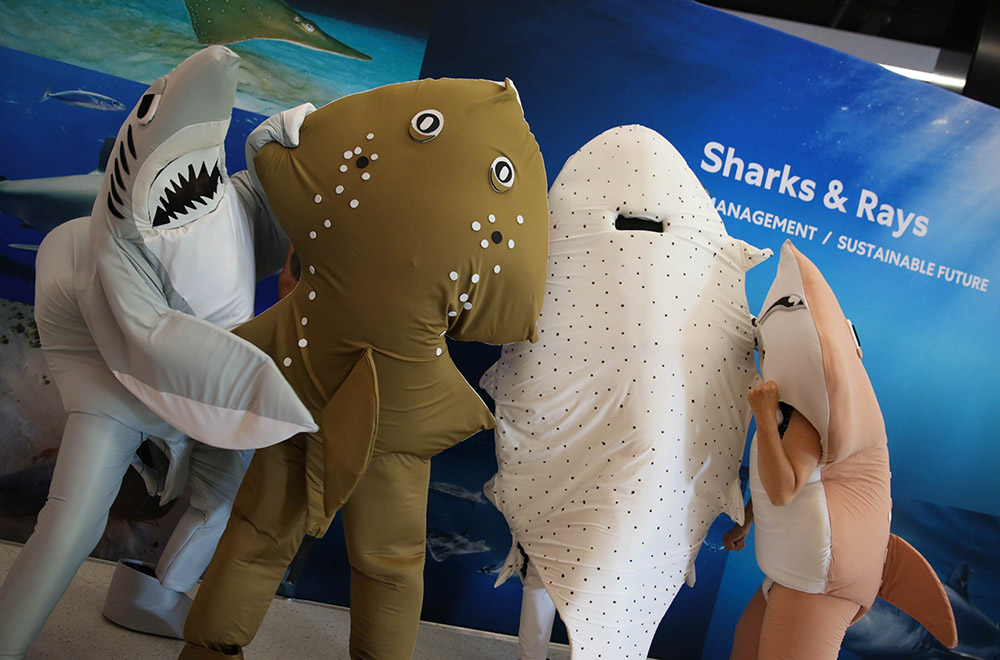
In resuming the meeting, Committee II Chair Craig Hoover noted that he would refrain from singing “to the relief of all.” He then moved on swiftly through a packed agenda that the Committee tackled diligently over three sessions, including an evening one. During the discussion on Guidance materials, activities, and tools aimed at enhancing Parties’ capacity to regulate bushmeat trade many, including EU, Norway, China, and the Convention for Biological Diversity (CBD) welcomed the use of the term “wild meat.” The US cautioned that the Convention should not lose sight of the negative impact of international commercial demand for wild meat.Most of the morning session and part of the afternoon session in Committee II covered agenda items related to the role of rural communities and their engagement in CITES processes. Canada highlighted ways they involve rural and indigenous local communities in CITES and other processes. She proposed that CITES issue a notification asking parties how they involve such communities in CITES processes. The EU supported the Secretariat’s proposed amendment to include rural communities in the CITES national delegation. The Namibian Association of Community-Based Natural Resource Management Support Organisations (NACSO) emphasized that rural communities are the first line of defense against poaching and their involvement is essential to conserving wildlife. The need to harmonize the terminology was also addressed. A very long discussion, addressing some of the proposed amendments by China, Namibia, and Zimbabwe to the CITES and livelihoods and other relevant resolutions, focused on whether and how to take into consideration the impact of species listing proposals on rural communities and their livelihoods. Chair Hoover struck a working group to address amendments to relevant decisions and resolutions.Committee I continued its discussions by addressing several marine species, including marine turtles, sharks, and rays. On eels, the US proposed text to clarify that traceability measures would apply to both live and dead eels. Algeria noted the country’s lack of expertise in conducting an inventory and requested technical support from the Animals Committee.On humphead wrasse, Japan drew attention to how illegal fishing activities undermine the ongoing legal trade and management work for the species. World Wildlife Fund (WWF) drew attention to the ranching practices of Indonesia, stating that there is potential for sustainable management, but that the purpose code R should not be used for this trade and practice for the species.On sharks, Peru, supported by Gabon and opposed by Japan and India, called for strengthening monitoring and improving identification of shark fin in transit. The Committee established a working group, chaired by New Zealand.Peru then introduced the document on Titicaca water frogs, noting that this species faces increasing threats from illegal international trade, despite extensive regional conservation efforts. Costa Rica, on behalf of multiple Latin American parties, appraised the conservation efforts and conveyed strong support for the document. The US, with Canada supporting, added this might be better addressed with bilateral work considering that the frog is already listed in Appendix I.Committee II reconvened in the evening to discuss agenda items on compliance and enforcement.
IISD Reporting Services, through its ENB Meeting Coverage, provided daily web coverage and a summary and analysis report from CITES CoP18.
Photos by IISD/ENB | Kiara Worth
For photo reprint permissions, please follow instructions at our Attribution Regulations for Meeting Photo Usage Page.
Committee I: Species-Specific Matters
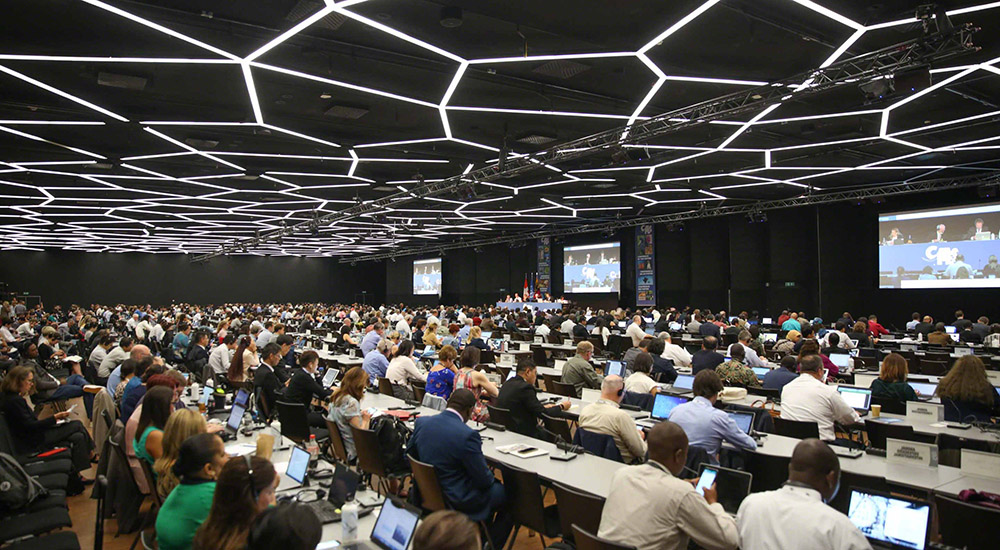
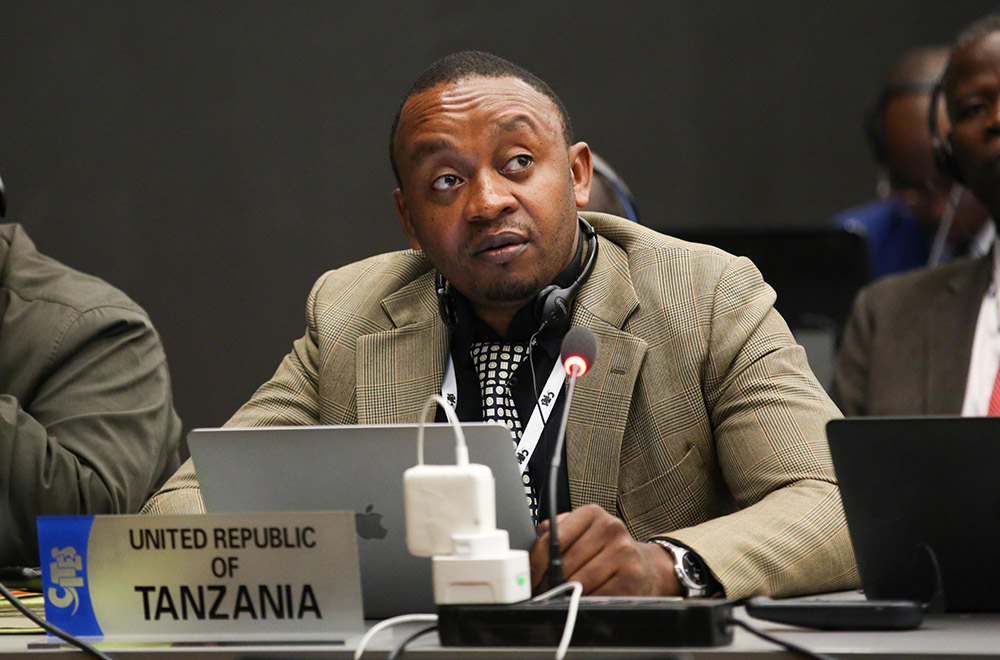

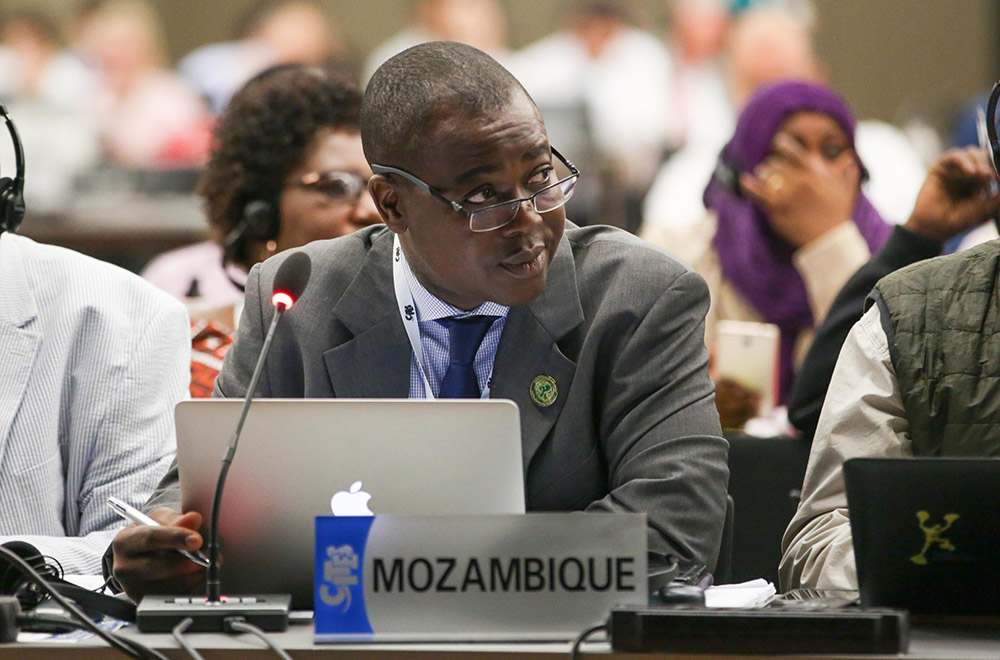
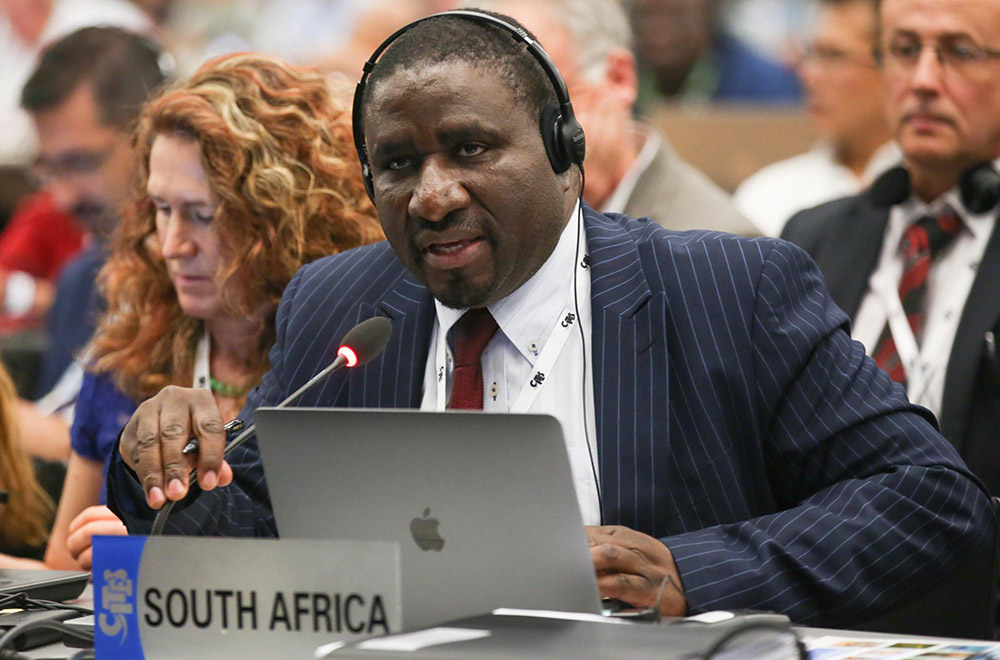


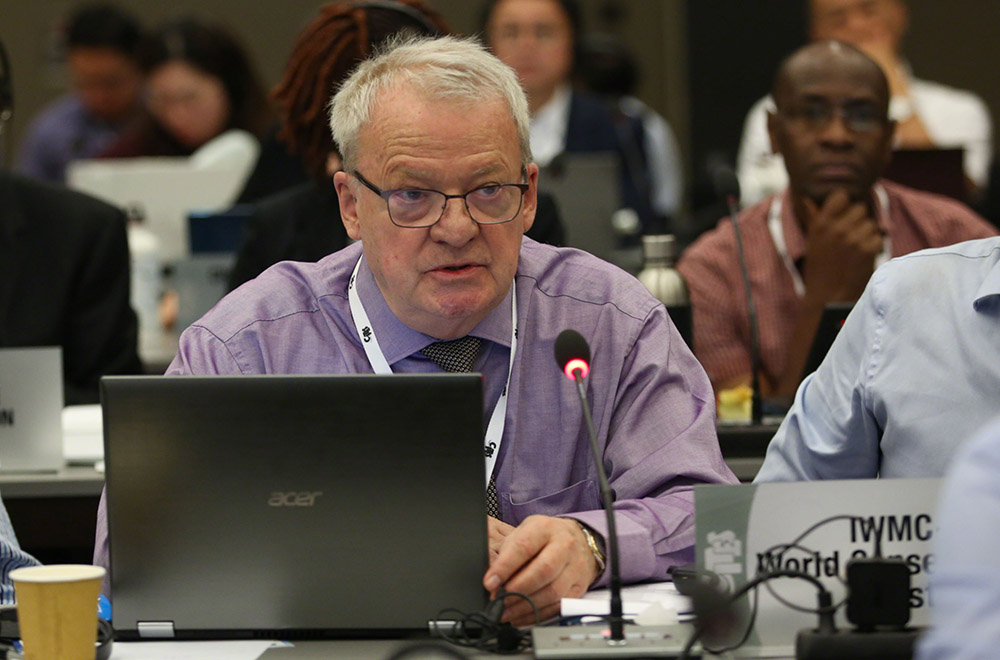
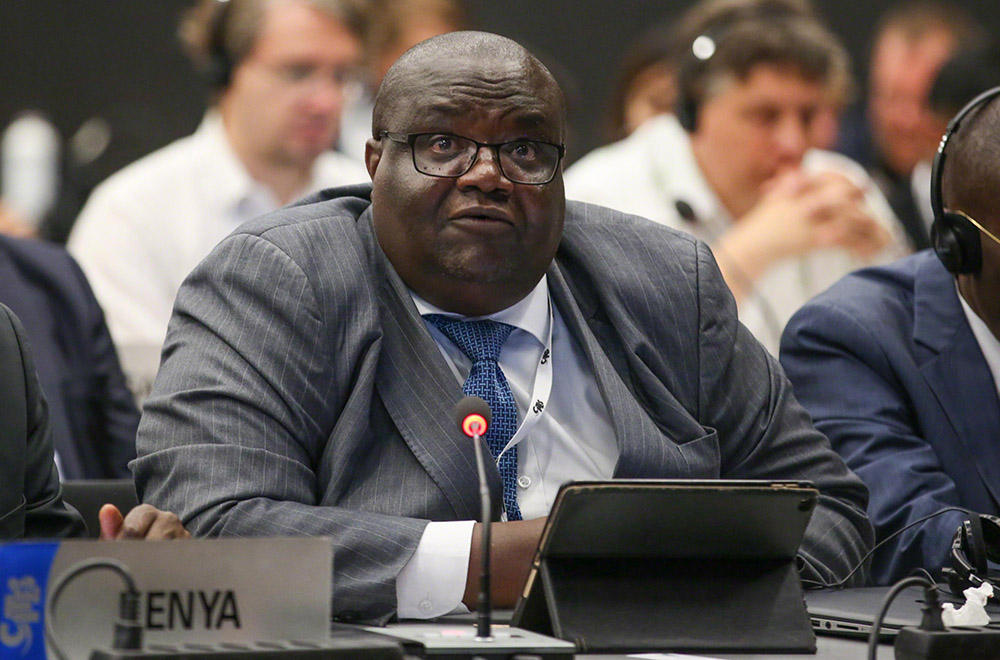
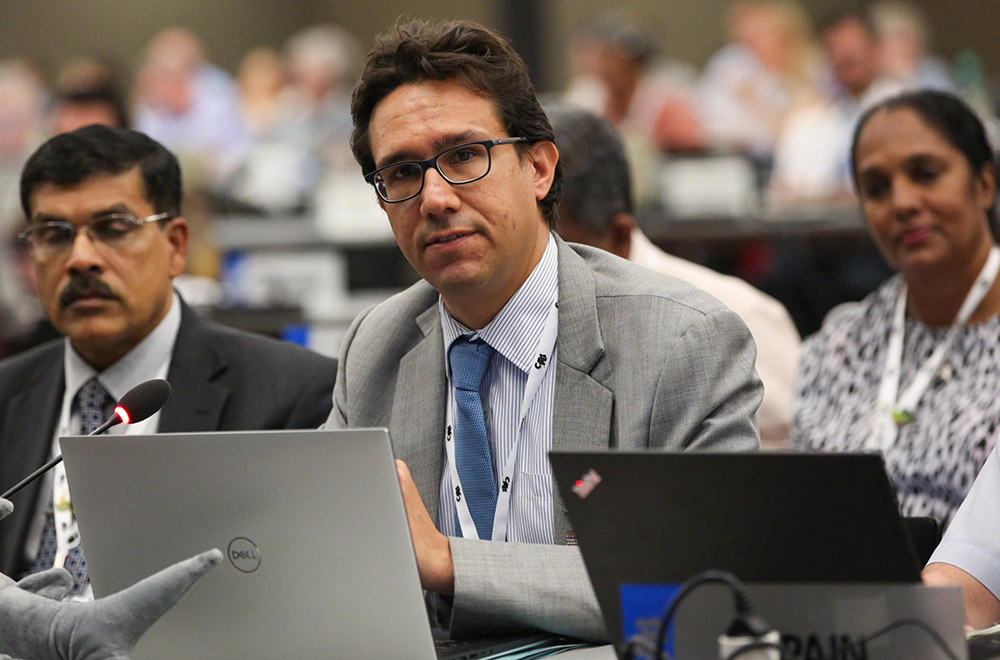
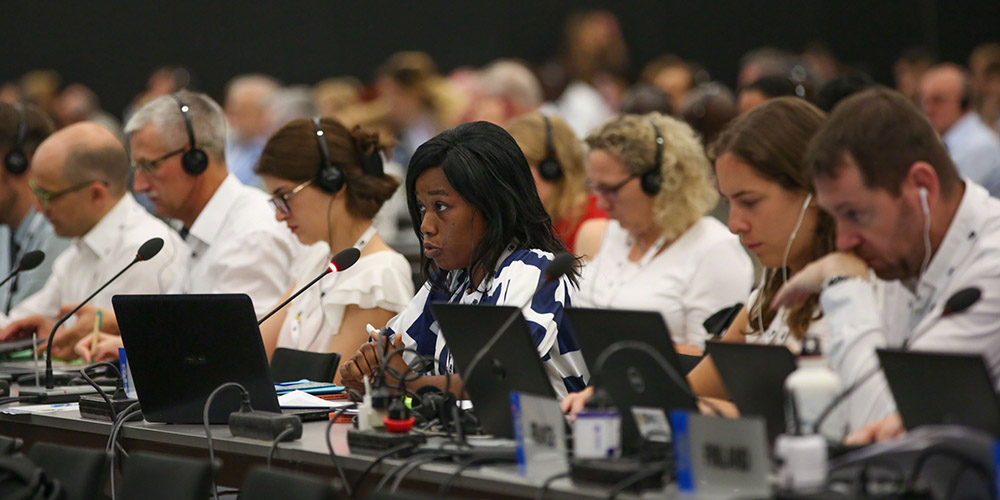

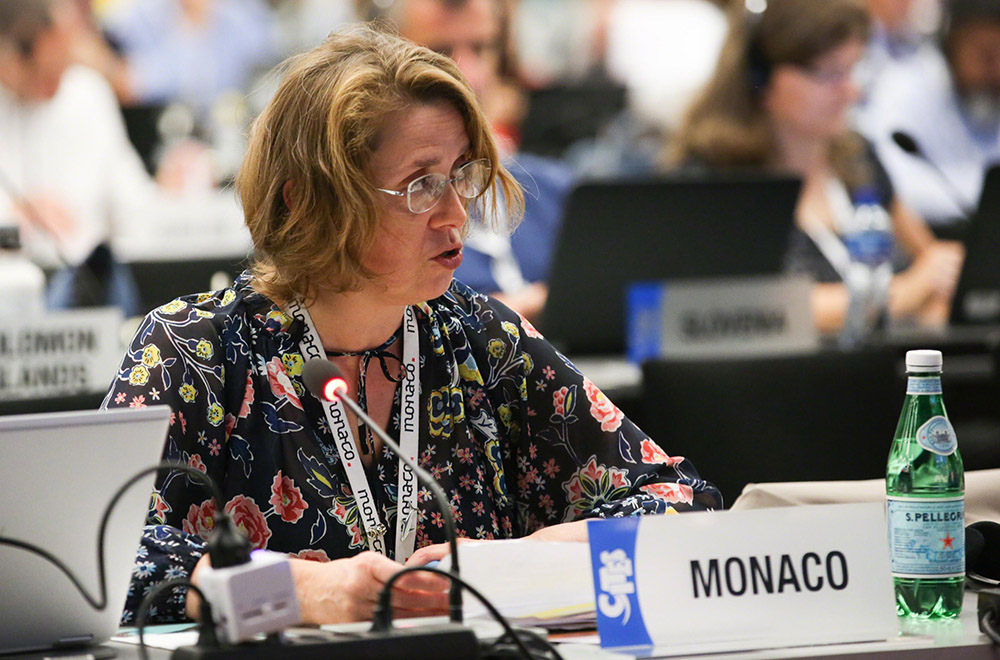
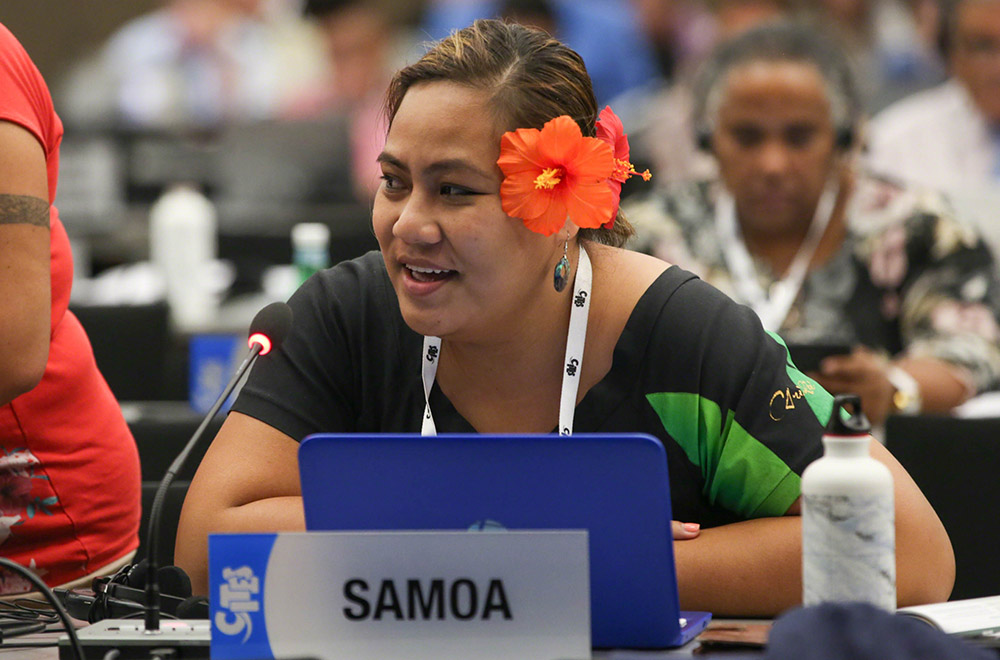
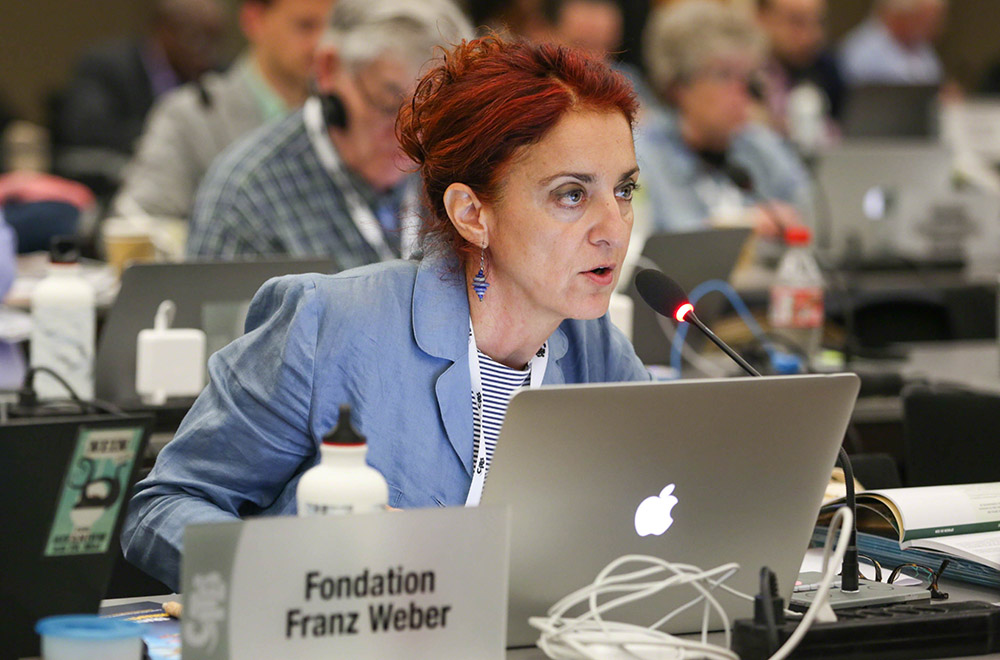

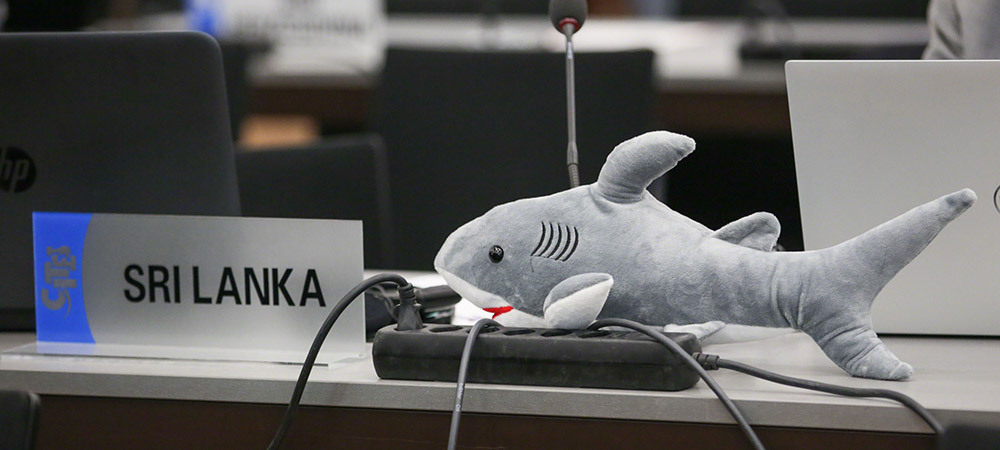
Committee II: Interpretation and Implementation Matters
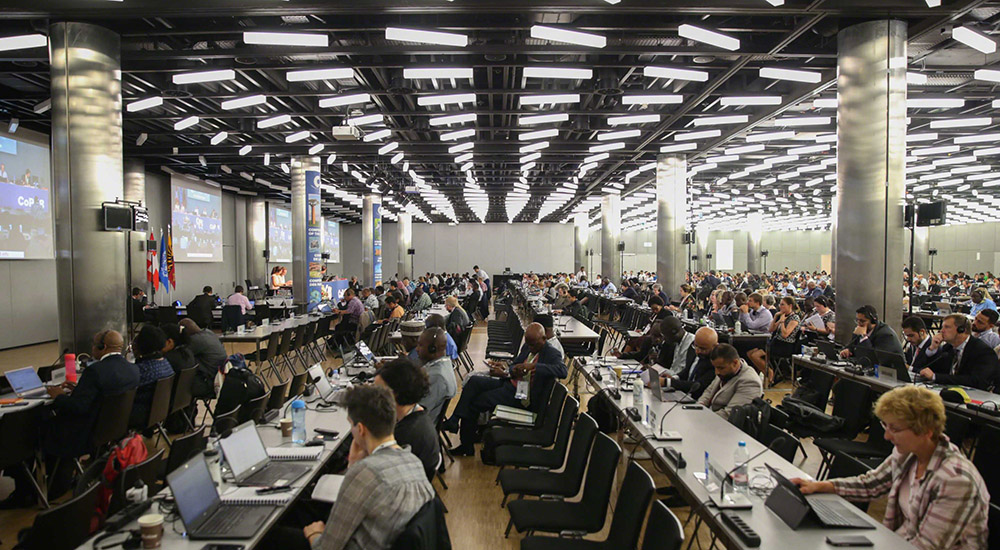
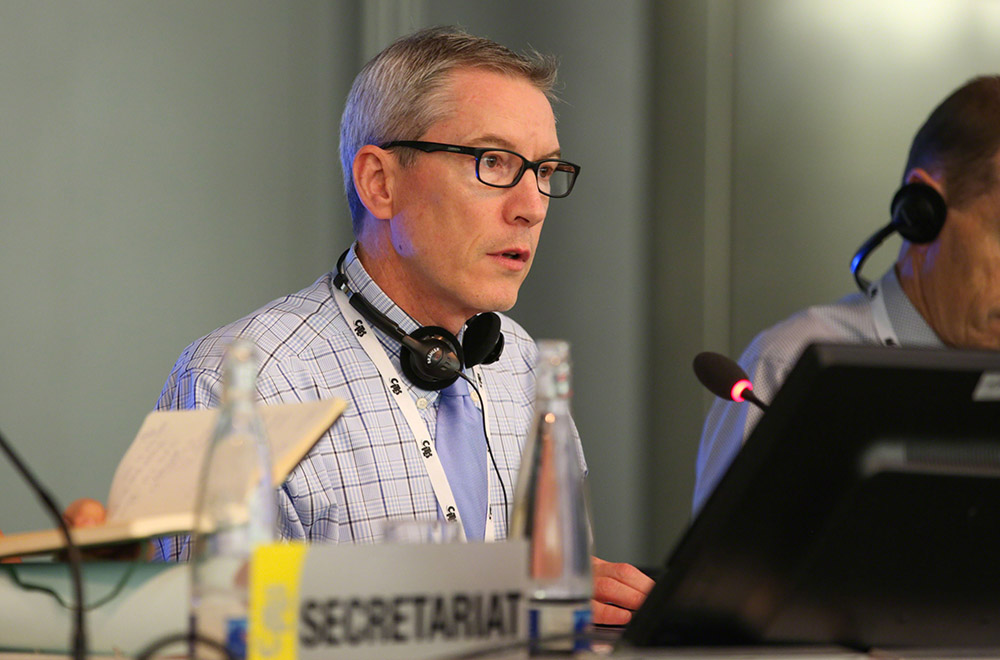

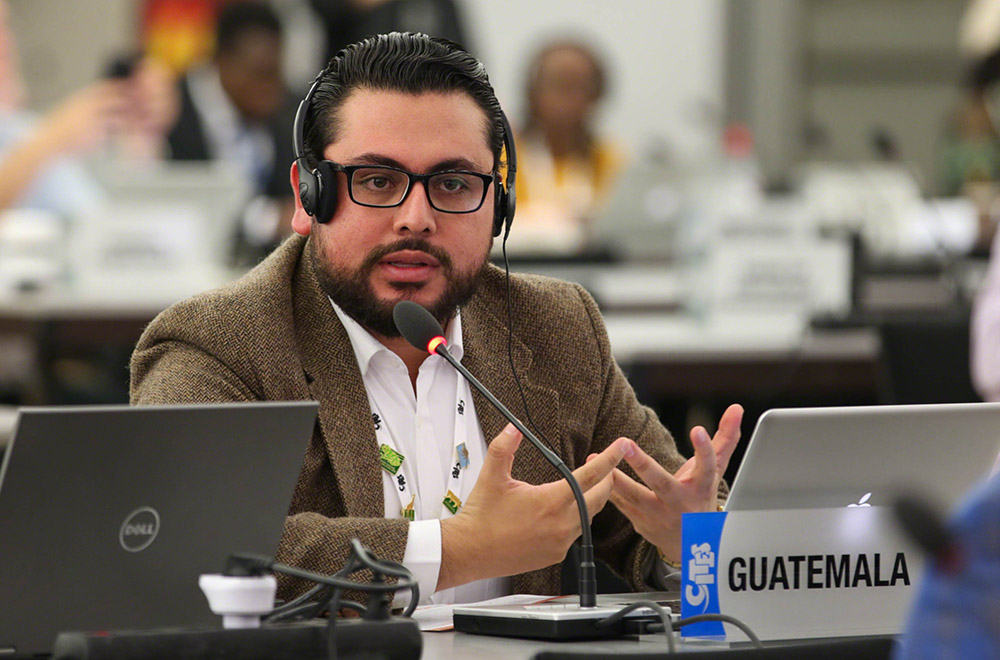
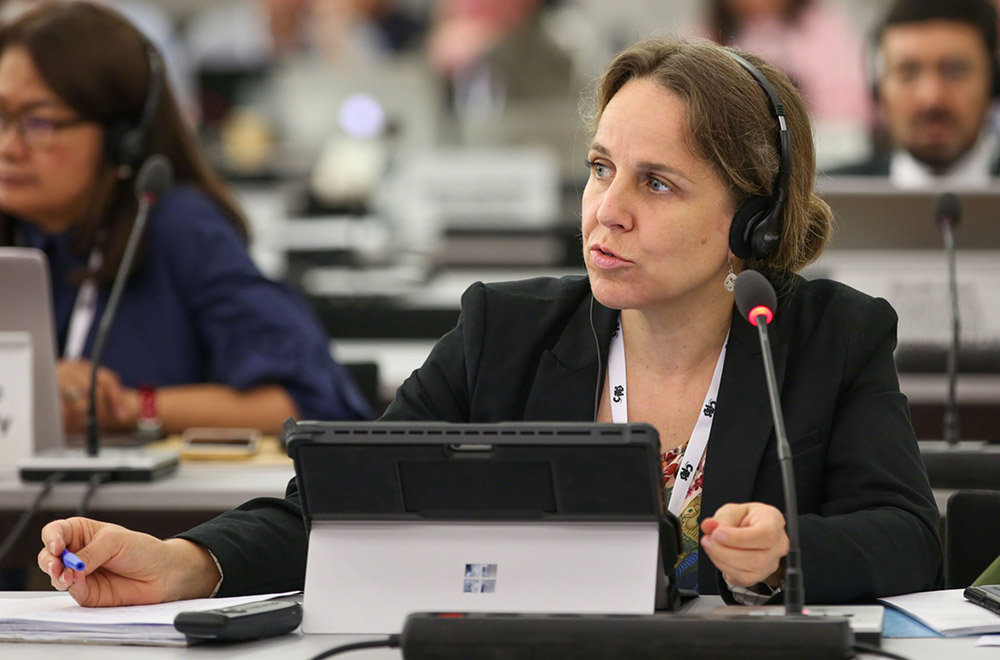
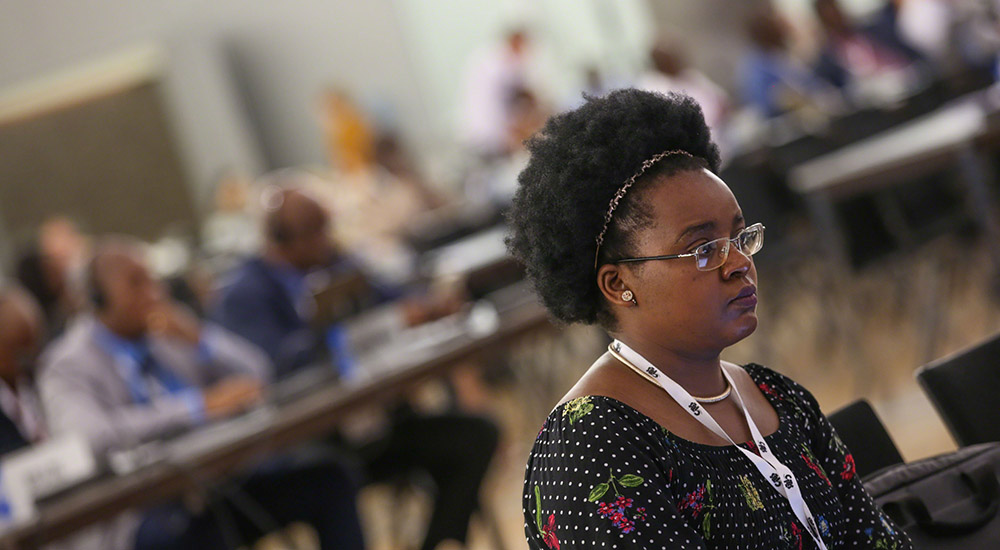
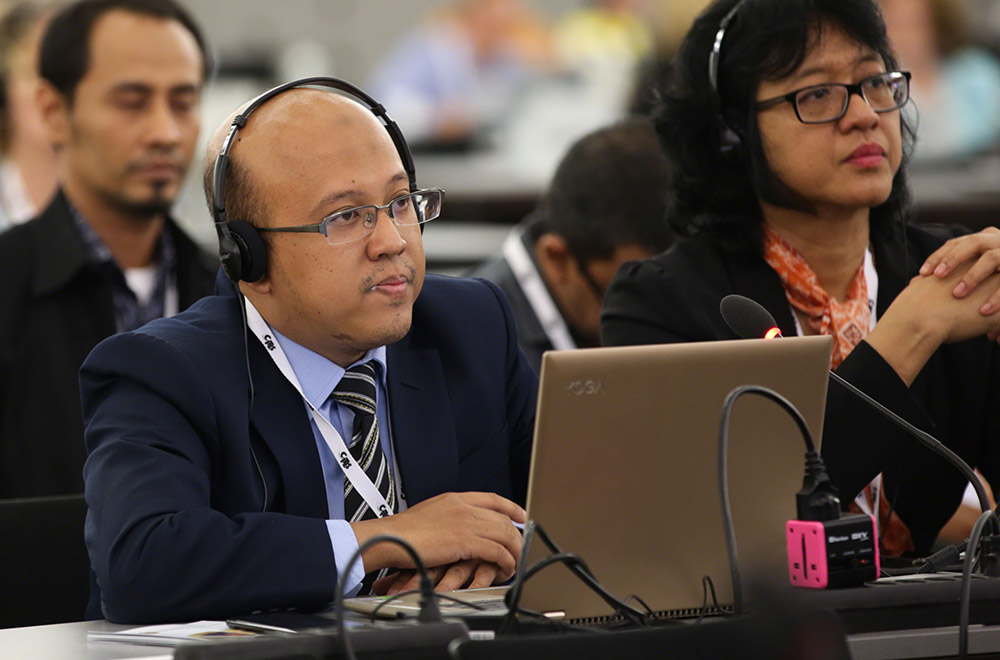
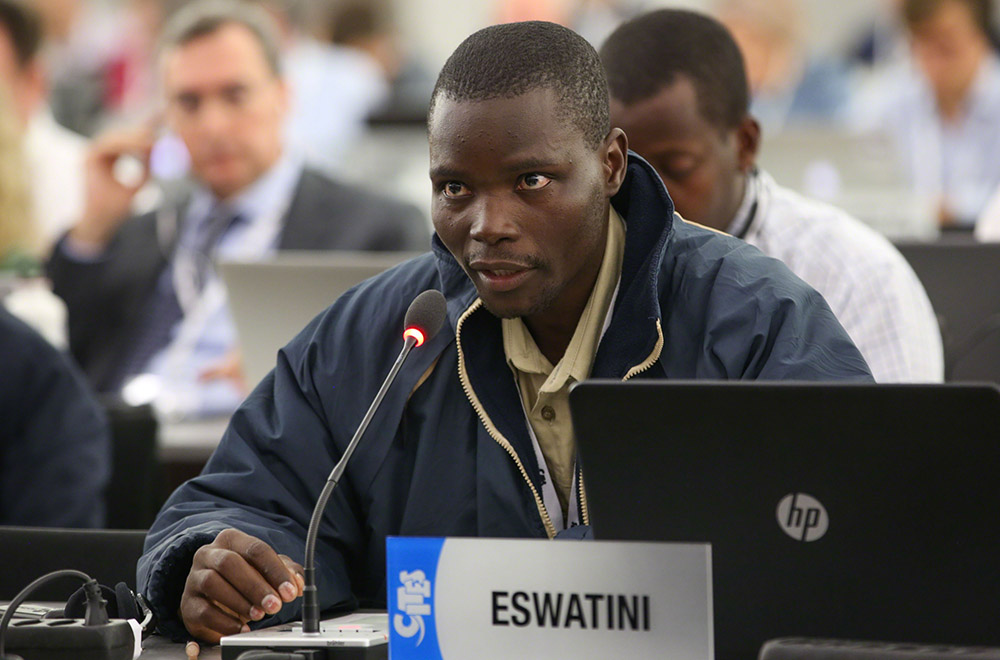
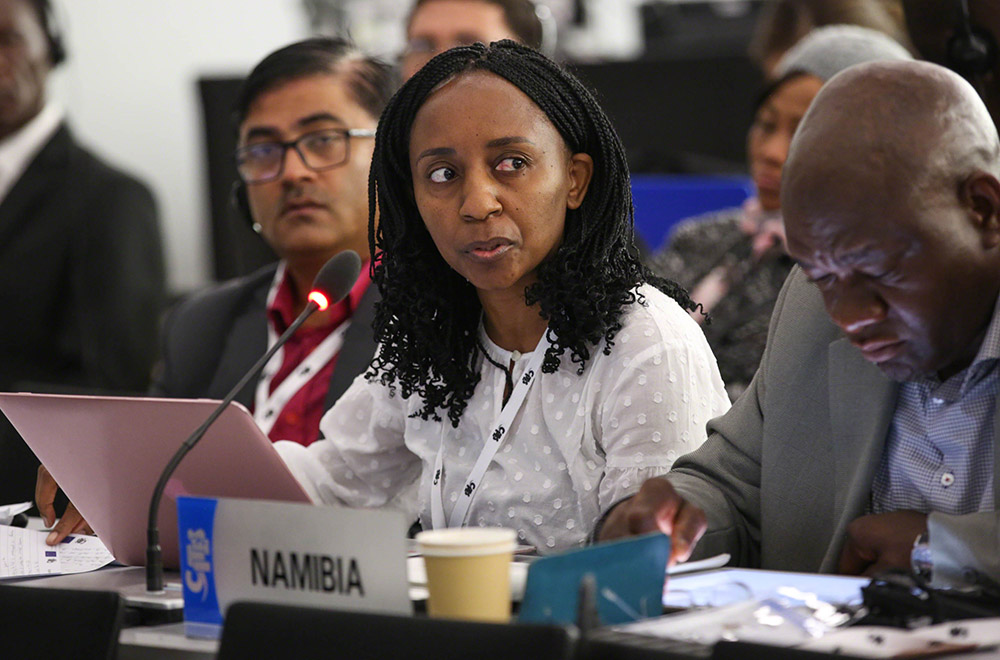
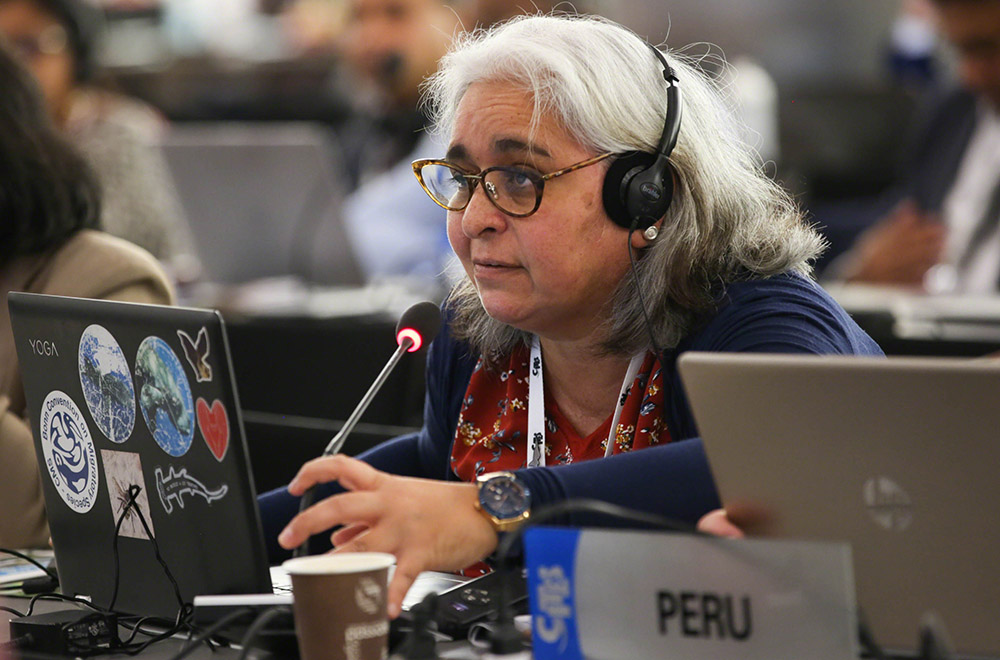
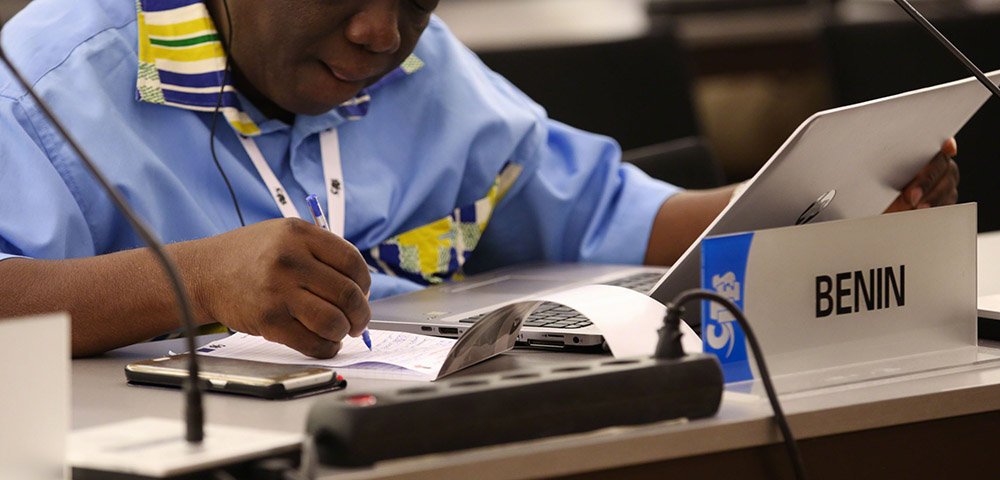

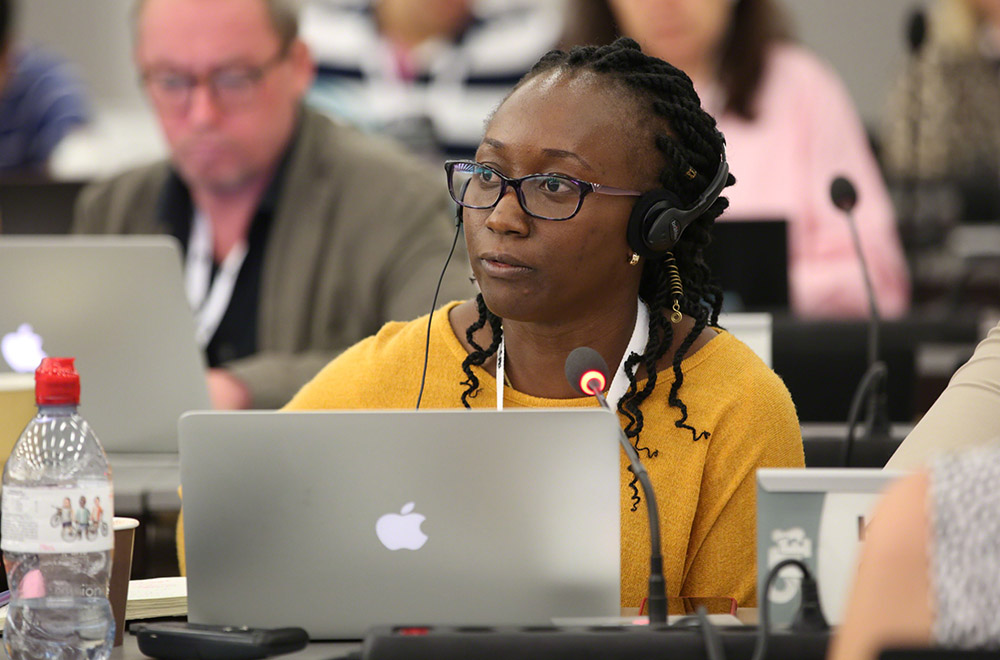

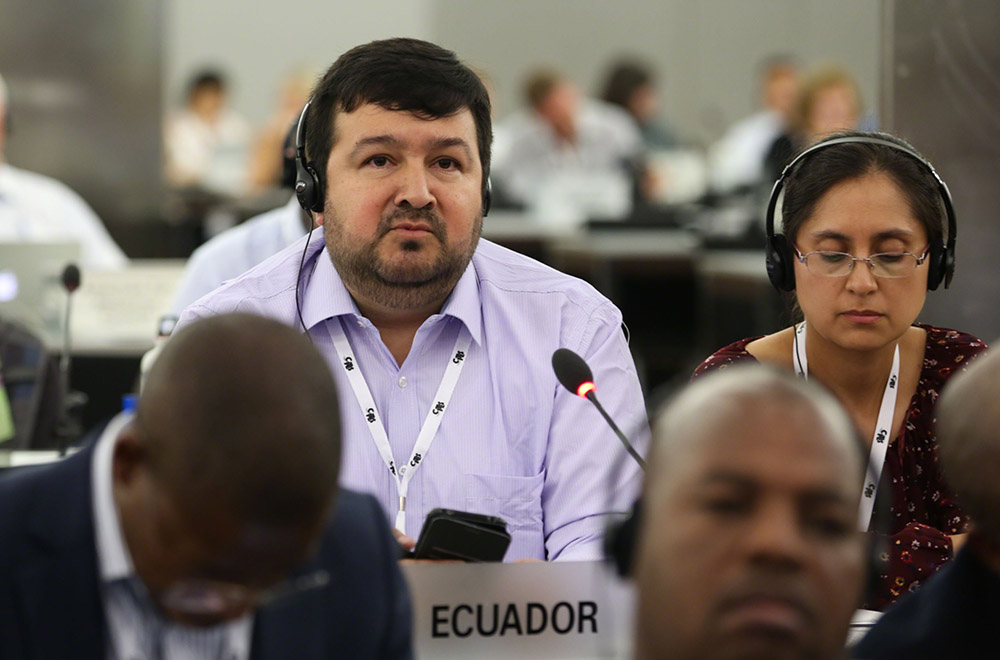

Around the Venue



